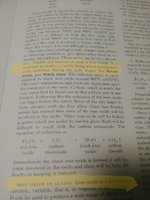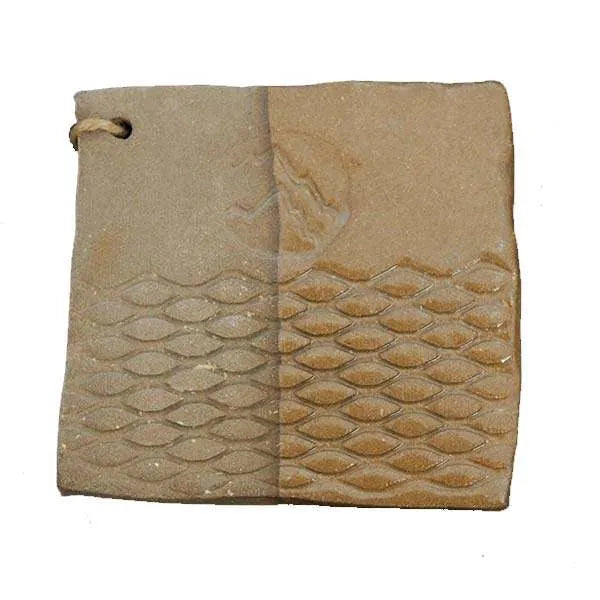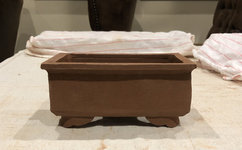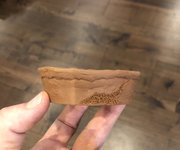I have never had an issue with firing red clays in any electric kiln. (that is in total about 8 kilns, most vented but not all.) Most of the clay I fire is red, some is brown and a little is white.
Also I have seen a lot of posting on this site about I love this clay but hate that one. Having worked for 8 years in kiln repair and supplies, several more in pottery, I have had the opportunity to use about 25 different clays, likely more. This is only mid range to high fire. (I will not use low fire clay even if its free.) I liked them all. From pure white porcelain to near black stoneware, from buttery smooth to so gritty it will take skin off your hands on a wheel, I never had an issue with the clay but I have had issues with the application. I couldn't pick a favorite clay, but I could pick a best clay for my various applications.
No doubt you are the only person on earth, at least that I've come across, to either have enough sense or luck or thickness or proper firing schedule or patience or a combination of all, to make this happen.
I completely agree with the poorness of personal character that leads to hating a clay. (No offense, I know not of who you speak anyway, maybe me, lol! I may have said I hate a clay, but not hate hate, they just necessitate too much change of my process which I can't waiver from.) This is definitely due to my pick it and stick it attitude that is also present in my choice of one soil. I like to solidify decisions rather than float about in an ocean of options. I feel it's the fastest way to get things done.
You can't change a clay but you can change what you're doing with it.
There is nothing better than beginning with as many clay bodies as possible. Swimming the ocean of options to narrow down what fits ones process the best.
Truth though, if following just a couple efficiencies, not shipping clay, and a proper absorption rate, it seems no matter where one is located, the list of feasible options is already narrowed down to about 3 or 4 clay bodies.
I've found that the slight differences in manufacturers clay bodies isn't large enough to consider shipping from afar.
All Black Clays are basically the same.
Aardvarks Obsidian in California.
Kentucky Muds Black Bear.
Standards 266 in Pennsylvania.
They are all the same, or what is different could be more cost effectively altered with additions of local seperate materials or clay bodies. Shipping across states is never the more cost effective move.
I still find a blend of any 2 clay bodies to be superior to anything else. I think it is because of the larger variation in particle sizes. Every blend of Cone 6 and Cone 10 clays I fire in my Cone 8 middle zone almost refuse to sag or warp in drying or firing.
Sorce





